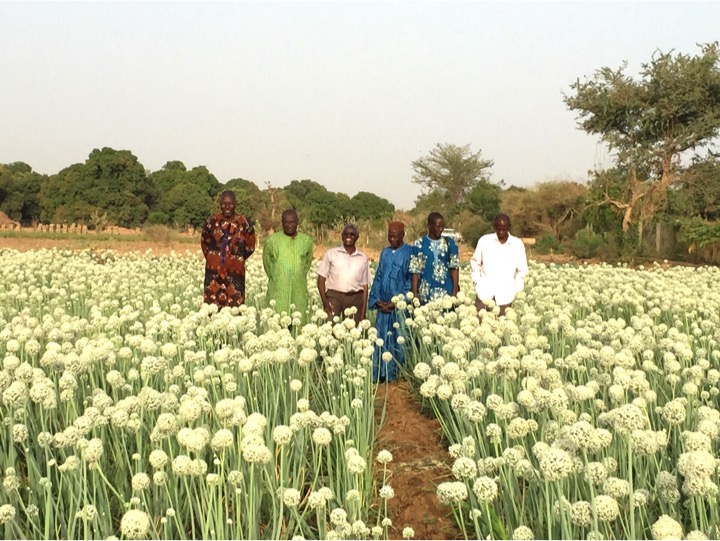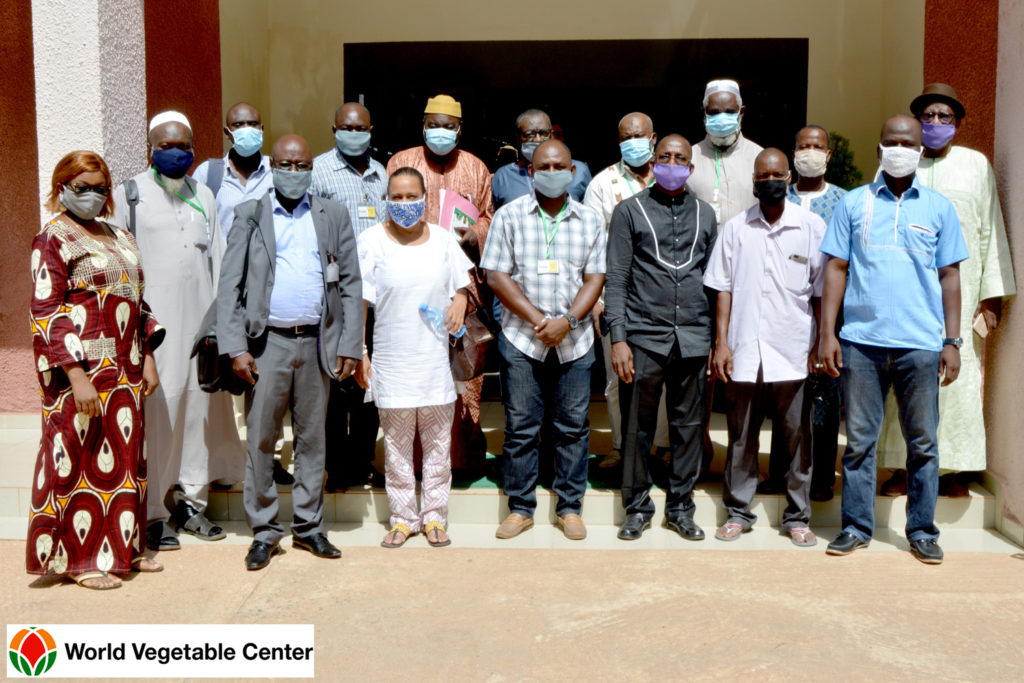Ethiopian women have begun growing irrigated fodder crops to expand their opportunities in the dairy value chain, winning income, nutrition, and climate benefits. Coming up on this year’s International Day of Rural Women, we hear from a couple of these front-runners:
“I have been sharing my experiences with men and women farmers, and, over the past couple of years, I have given fodder planting materials to about 50 other farmers for free. I advise women that they can increase their incomes by selling milk and other dairy products if they upgrade their local cows and start growing irrigated fodder crops.”
This testimonial, given by Mulu Melese, a farmer who lives in Zato Shodera village, Kededa Gamela district in southern Ethiopia with her husband and children, captures many of the benefits springing from irrigated fodder cultivation. Not only can this practice boost farmers’ incomes, nutrition, and climate resilience, but it has also spurred rural women like Mulu Melese to engage in dairy value chains and improve their livelihoods.
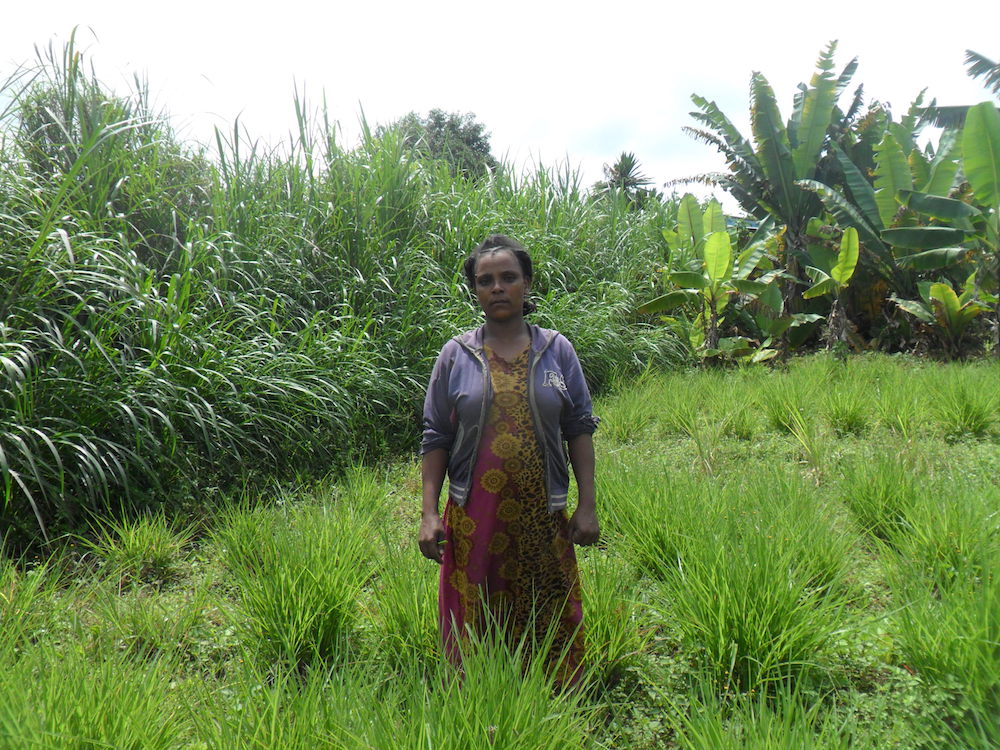
Since 2015, scientists from the International Livestock Research Institute (ILRI), the International Water Management Institute (IWMI), and the CGIAR Research Program on Climate Change, Agriculture and Food Security (CCAFS)—working under the Feed the Future Innovation Lab for Small Scale Irrigation (ILSSI)—have collaborated with farmers in the northern and southern regions of Ethiopia and introduced them to irrigated fodder production. Since then, the number of farmers adopting the practice in the project sites has grown from less than 20 to more than 700.
Why women win when livestock productivity soars
In Ethiopia, farmers in rural areas both grow crops and raise livestock. Yet, despite the livestock sub-sector providing employment to 70 percent of rural dwellers, productivity has remained low. Shortage of good quality feed for livestock remains a major challenge.
The low performance of the livestock sector especially impacts women and children, who, traditionally, carry the responsibility of raising livestock around the home. Women are tasked with finding, preparing, and bringing feed to the animals, milking, and cleaning barns. Collecting adequate fodder and bringing it to the animals is what requires the most time and workload, particularly during the dry season when only poor-quality crop residues are available. As climate change impacts intensify, an even longer dry season could lead to crops failing and severe shortages of livestock feed.
However, women’s traditional responsibility for a family’s livestock also means that they stand to gain when livestock productivity increases.
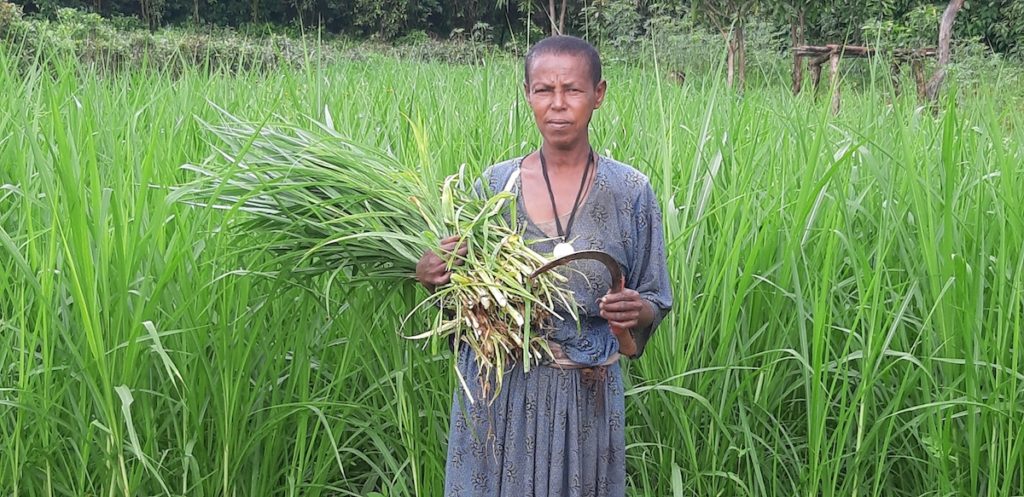
ILSSI scientists found this to be true when working with farmers to introduce a combination of new practices. New irrigation technologies, such as solar-powered pumps, make it easier to grow irrigated fodder crops, such as Napier grass, which ensures a steady supply of livestock fodder all year round.
A project partner, the Andassa Livestock Research Center, has also provided farmers with crossbred cows that produce more and better milk than traditional breeds, enabling farmers to increase their profits. So far, the results have been very promising, not least for rural women.
Tales of two women show big benefits
Mulu Melese recalls when she started producing irrigated fodder. At that time, she reports, she owned two lactating cows, but was unable to feed them adequately due to lack of good-quality forage on her farm. She recounts that because there was not enough feed, the cows were unable to produce enough milk for her family and for sale.
After she started growing irrigated fodder crops and giving the new, higher-quality fodder to her animals, the milk production almost doubled immediately. This subsequently increased the income, nutritional health, and living conditions of her whole family.
Mogninet Fentea, who lives in Robit Bata village in Bahir Dar Zuria district in the northern part of the country, tells of a similar experience. She and her husband started producing irrigated fodder in 2017, when they were struggling to find feed for their lactating cows and draft oxen. Since then, they have seen a steady improvement in the productivity of their animals, with their cows giving more milk and their draft oxen keeping in good condition when used for preparing their land. As a result, their household income has increased, and they have been able to cover their children’s school expenses relatively easily.
Mogninet Fentea adds that she and her husband decided to expand their fodder plot by uprooting some of their Khat plants—a narcotic plant traditionally used as a cash crop—because they were convinced that the fodder crops are important for the household.
She said that the feed trough they constructed for their cattle, as recommended by ILSSI scientists, have helped them reduce the labor required and have given the children spare time to concentrate on their learning. Scientists estimated that improved feed troughs and fodder choppers reduced feed waste by more than 30 percent and increased animals’ feed intake. Finally, a solar-powered pump has also eased Mogninet Fentea’s water lifting and irrigation work.
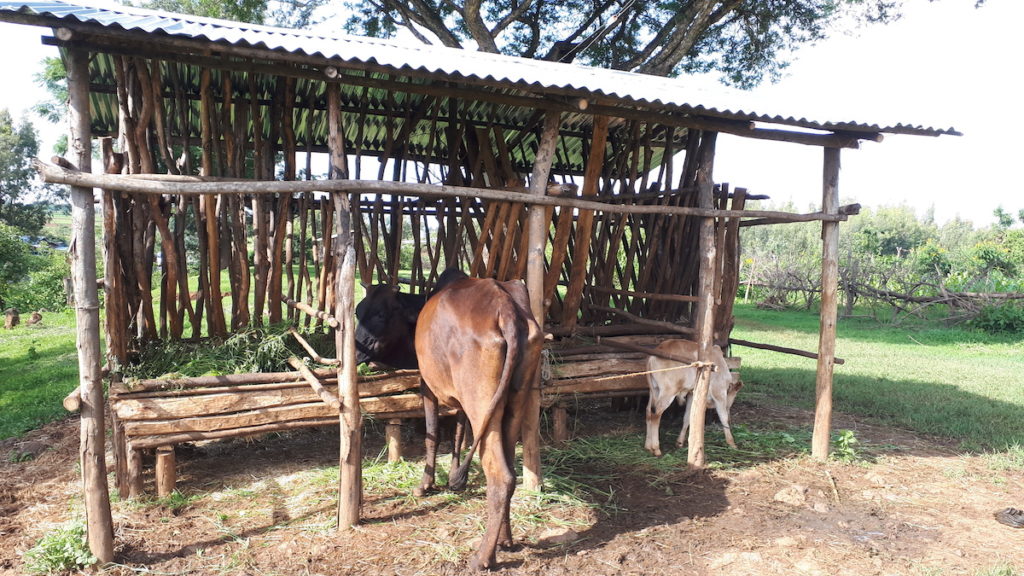
A robust market must underpin long-term gains
Mulu Melese, Mogninet Fentea, and many women like them are already enjoying the benefits of irrigated fodder production, but are also interested in expanding their practice and building further business opportunities. Indeed, the gendered norms, roles, and responsibilities within the livestock value chains present opportunities—but also challenges—for rural women.
First, women are traditionally the ones who handle the milk produced by the family’s livestock and manage the income generated from this activity. While they regularly supply fluid milk to a dairy cooperative to generate income, part of the milk is usually processed into butter, cheese, and buttermilk. Women sell the butter in the local market, while the cheese and buttermilk are wholly consumed by the household, improving the family’s nutritional health. In this way, engaging in the dairy sector offers women opportunities to gain control over income and power to influence their family’s health.
Second, in the fodder cultivation process, women are socially expected to fetch water and irrigate fodder plots. This means that new time- and labor-saving technologies, such as improved irrigation systems and forage varieties that require minimum water and nutrient input, benefit women in particular. They help reduce the demand on women’s time, allowing them the opportunity to explore other income-generating activities.
Lastly, helping women access improved breeds of livestock, which efficiently convert good fodder into good milk returns, is critical for the irrigated fodder practice to be lucrative and sustainable for rural women. Ensuring profitability is key for farmers to overcome some of the challenges standing in the way of further expanding irrigated fodder production, such as investing in improved climate-smart breeds and seeds as well as labor-saving technologies.
Now, ILSSI scientists are working to address these barriers by collaborating with dairy cooperatives and national partners to develop the fodder value chain and establish a reliable market for milk and dairy products, forage seeds, and irrigation technologies in the context of climate variability.


